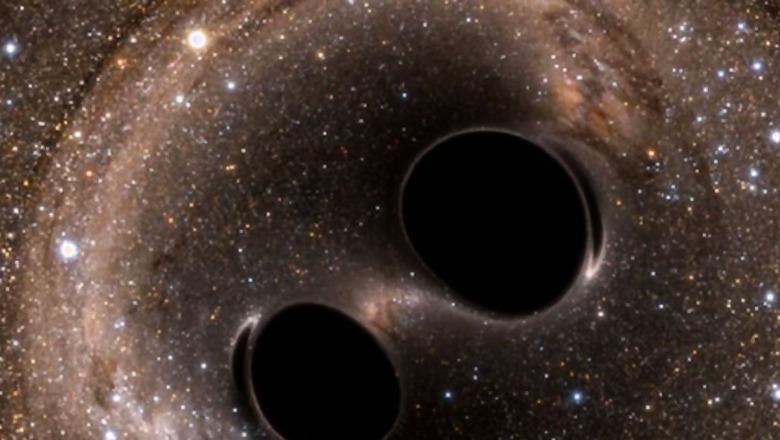
views
The heaviest known black hole has been found by scientists. Using the Gemini North Telescope, astronomers have determined the mass of a pair of supermassive black holes, claiming that these are the heaviest black holes out of all the pairings of supermassive black holes.
Based on this assessment, scientists have concluded that a significant element preventing black hole mergers is their weight. This elliptical galaxy named B2 0402+379 contains the twin supermassive black holes whose mass is equal to 28 billion suns. Martin Still, NSF program director of the International Gemini Observatory, said that measuring the mass of this supermassive black hole Dwija will prove to be very encouraging for further research.
A binary can emerge when two galaxies merge and their black holes come together. It is thought that these black holes would eventually collide in theory. The intriguing aspect, though, is that this hasn’t been observed occurring anyplace yet. There is evidence that some black holes have approached one another at a mere 24 light-year distance.
What’s interesting is that there hasn’t been a single merger to date. Whether or if such an incident is possible is the question. Astronomers have been debating this for decades now. The dominant idea states that these systems are so big that they absorb the galaxy’s star matter, which is required for the merger. This theory appears to be supported by the Dwij black hole.
According to researchers, a massive number of stars will be needed for Dwij’s orbit to slow down and let the two approach each other closely. During this phase, no stars or gas remain close to the galactic centre because both black holes have ingested all of the surrounding stuff. This is the cause of the cessation of their merger proceedings. Whether or not both black holes can recover from this predicament and whether or not they will ever combine remains a mystery to scientists. B2 0402+379 is currently regarded by scientists as a fossil group. Researchers are currently examining each of them independently.


















Comments
0 comment